The Phantom Thieves meet up again during summer vacation and get caught up in another incident. Mysterious case starts happening all over Japan, and Palaces the cognitive world of twisted adults have returned. The Phantom Thieves jump back into action to work towards solving the case.
Persona 5 Scramble is a gameplay crossover between Koei Tecmo’s hack and slash Dynasty Warriors series, and Atlus’s role-playing game Persona series. It features elements from both franchises, such as the real-time action combat of the former with the turn-based Persona-battling aspect of the latter.
Similar to previous Persona series, Joker, the protagonist, able to wield multiple Personas, which are gained through random drops or by defeating named mini-bosses in dungeons. These Personas can then be brought to the Velvet Room, where they can be fused to create new Personas. The Confidant system from Persona 5 is absent. In its place are Requests, a form of side-quests and the B.A.N.D. system, where increasing its level can grant players bonuses such as stat increases. The B.A.N.D. levels can be increased through interacting with party members, winning battles and hitting milestones throughout the game.
Players can form an active party of maximum four members, with Joker being the only character not removable as an active party member. Outside of battle, active party members can be swapped with the standby party members. Players can only control Joker in the real world but is able to control any party member freely when exploring the story dungeons. Exploring dungeons is similar to Persona 5, where players can use stealth to avoid enemies or may occasionally face the need to solve puzzles to progress. The ‘Third Eye’ also makes a return from Persona 5, where it highlights enemies strength and interactive objects. Should the alert meter of the dungeon reach 100%, the party is forced to leave the dungeon. The Alert level can be lowered by winning battles that are initiated with surprise attacks or by leaving the dungeon. Unlike previous entries of the Persona series, leaving the dungeon does not progress time and there are generally no demerits in leaving the story dungeons.
Battles are mostly initiated when the player character comes into contact with the enemy, where they can launch a surprise attack to gain a combat advantage if the enemy has not spotted them. Battles are also now in the form of a real-time combat system. However, players will use a command-based skills menu when using Persona skills. During the time in this menu, the battle will pause to allow tactical positioning of the Persona skills. If the party deals a critical damage or deals damage that the enemy is weak to, the enemy may be knocked down for an ‘All-Out Attack’ which deals a large amount of damage. All party members can obtain new moves, known as Master Arts, by controlling the characters manually and defeating enemies. If all active party members are knocked out in battle, the game ends.
Specification: Persona 5 Scramble: The Phantom Strikers
|
User Reviews
Be the first to review “Persona 5 Scramble: The Phantom Strikers” Cancel reply
- Show all platforms
- 3DO
- Acorn Archimedes
- Acorn Atom
- Acorn Electron
- Action Max
- Amiga
- Amiga CD32
- Amstrad CPC
- Amstrad GX4000
- Android
- APF MP-1000
- Apple II
- Apple Pippin
- Arcade
- Atari 2600
- Atari 5200
- Atari 7800
- Atari 800
- Atari Jaguar
- Atari Jaguar CD
- Atari Lynx
- Atari ST
- Atari XE
- Bally Astrocade
- Bandai TV Jack 5000
- BBC Bridge Companion
- BBC Micro
- Casio Loopy
- Casio PV-1000
- Coleco Telstar Arcade
- Colecovision
- Commodore 128
- Commodore 16
- Commodore 64
- Commodore PET
- Commodore Plus/4
- Commodore VIC-20
- Didj
- Dragon 32/64
- Emerson Arcadia 2001
- Entex Adventure Vision
- Entex Select-a-Game
- Epoch Cassette Vision
- Epoch Super Cassette Vision
- Evercade
- Fairchild Channel F
- Famicom Disk System
- FM Towns Marty
- Fujitsu FM-7
- Gamate
- Game & Watch
- Game Wave
- Game.com
- Gizmondo
- GP32
- Handheld Electronic Games (LCD)
- HyperScan
- Intellivision
- Interton VC 4000
- iOS
- J2ME (Java Platform, Micro Edition)
- Jupiter Ace
- Mac OS
- Magnavox Odyssey 1
- Magnavox Odyssey 2
- Mattel Aquarius
- Mega Duck
- Microsoft Xbox
- Microsoft Xbox 360
- Microsoft Xbox One
- Microsoft Xbox Series X
- Milton Bradley Microvision
- MSX
- N-Gage
- Neo Geo
- Neo Geo CD
- Neo Geo Pocket
- Neo Geo Pocket Color
- Nintendo 3DS
- Nintendo 64
- Nintendo DS
- Nintendo Entertainment System (NES)
- Nintendo Game Boy
- Nintendo Game Boy Advance
- Nintendo Game Boy Color
- Nintendo GameCube
- Nintendo Pokémon Mini
- Nintendo Switch
- Nintendo Switch 2
- Nintendo Virtual Boy
- Nintendo Wii
- Nintendo Wii U
- Nuon
- Oculus Quest
- Oric-1
- Ouya
- Palmtex Super Micro
- PC
- PC-88
- PC-98
- PC-FX
- Philips CD-i
- Philips Tele-Spiel ES-2201
- Pioneer LaserActive
- Playdate
- Playdia
- R-Zone
- RCA Studio II
- SAM Coupé
- Sega 32X
- Sega CD
- Sega Dreamcast
- Sega Game Gear
- Sega Genesis
- Sega Master System
- Sega Mega Drive
- Sega Pico
- Sega Saturn
- SEGA SG-1000
- Sharp X1
- Sharp X68000
- SHG Black Point
- Sinclair QL
- Sinclair ZX Spectrum
- Sinclair ZX81
- Sony Playstation
- Sony Playstation 2
- Sony Playstation 3
- Sony Playstation 5
- Sony Playstation Portable
- Sony Playstation Vita
- Stadia
- Super Nintendo (SNES)
- Tandy Visual Interactive System
- Tapwave Zodiac
- Texas Instruments TI-99/4A
- Tomy Tutor
- TRS-80 Color Computer
- TurboGrafx 16
- TurboGrafx CD
- V.Smile
- Vectrex
- VTech CreatiVision
- VTech Socrates
- Watara Supervision
- WonderSwan
- WonderSwan Color
- Xavix Port
- Show all platforms
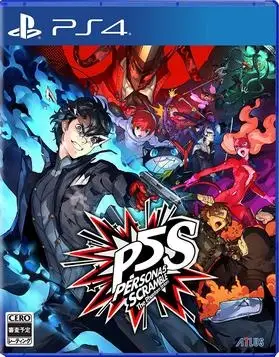
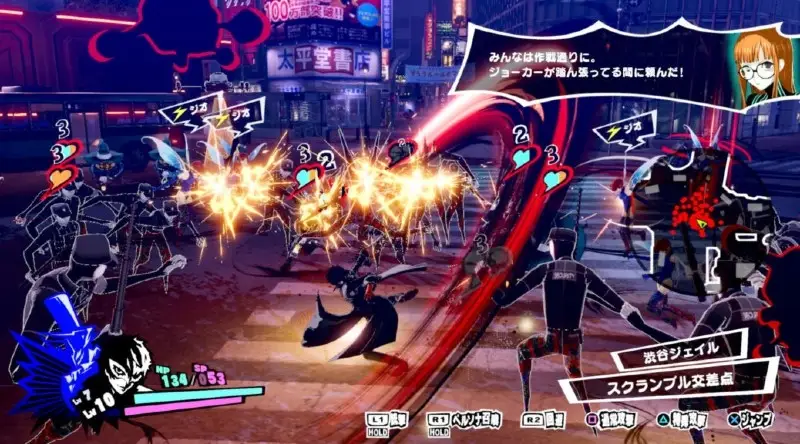
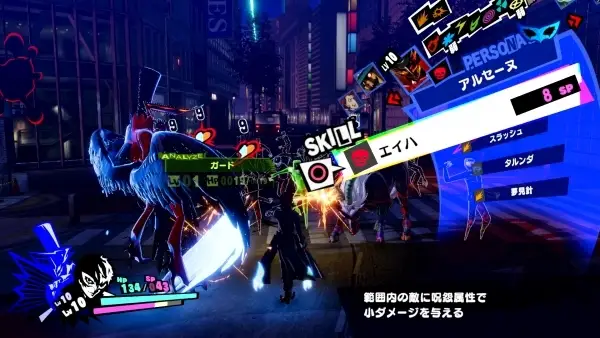
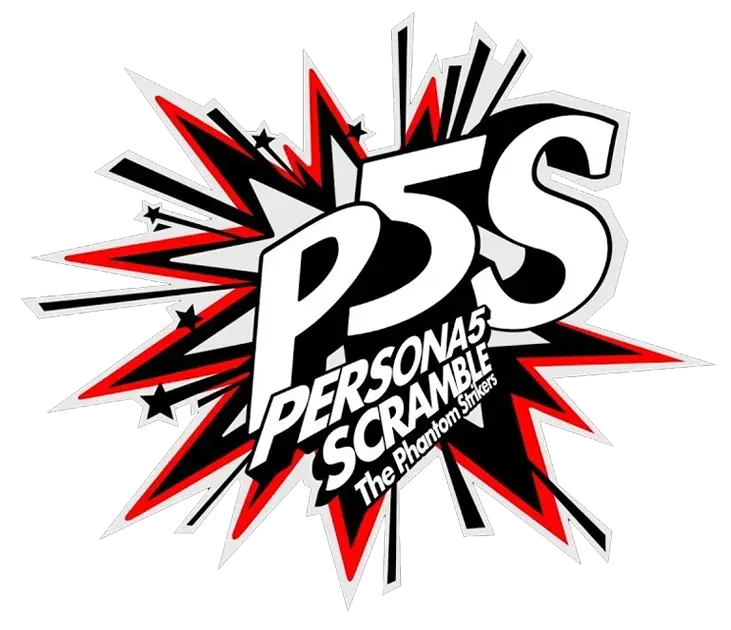




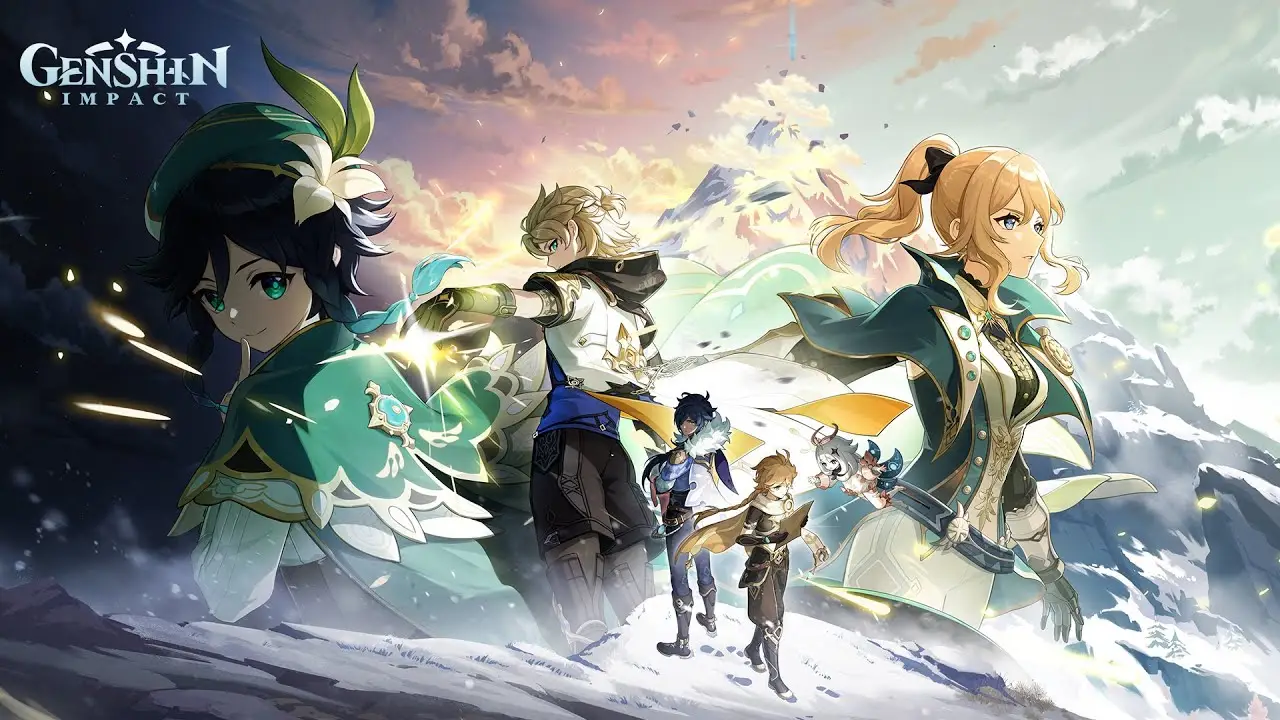
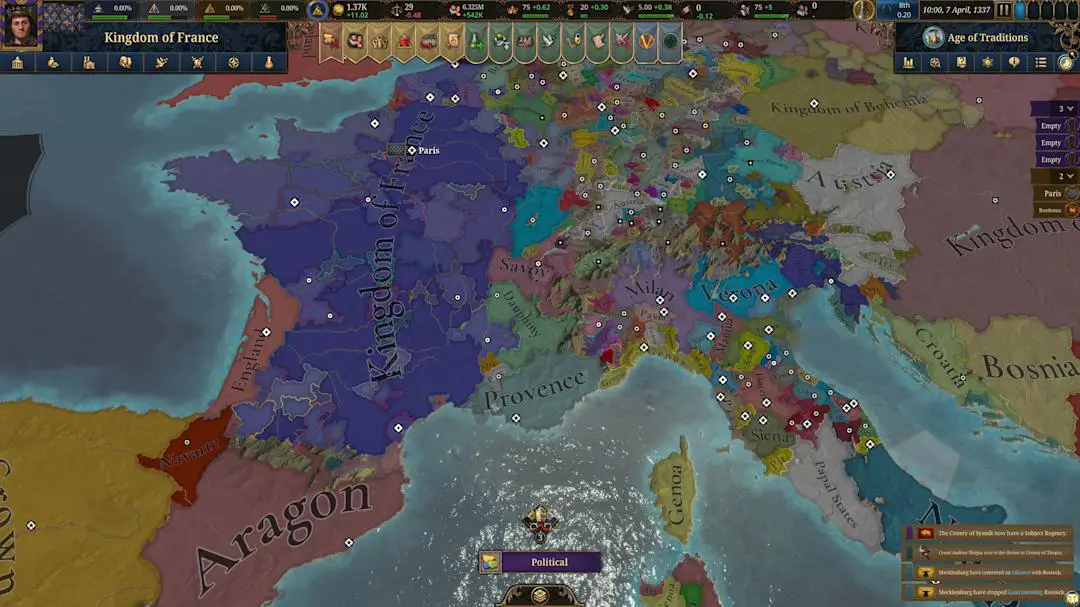


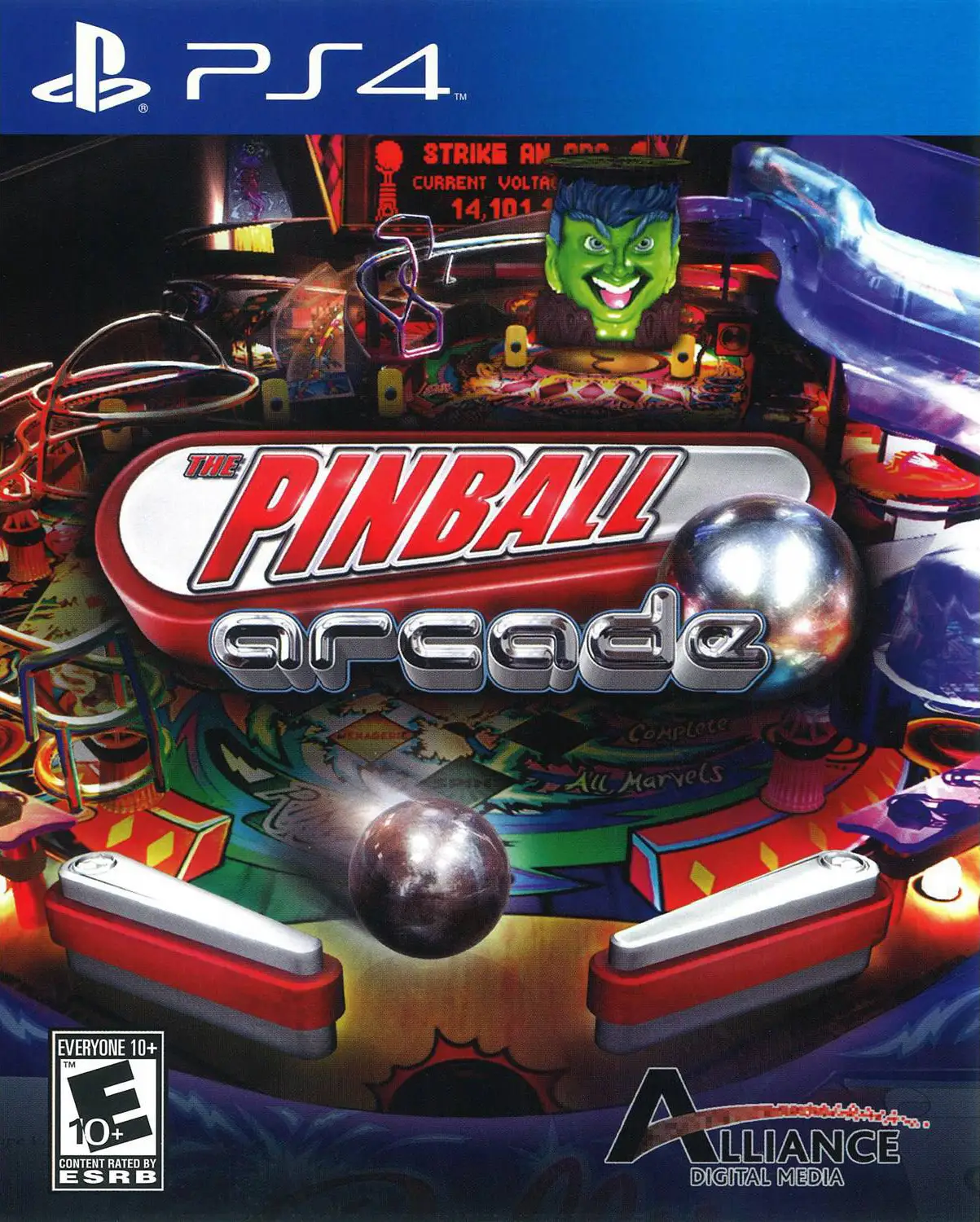
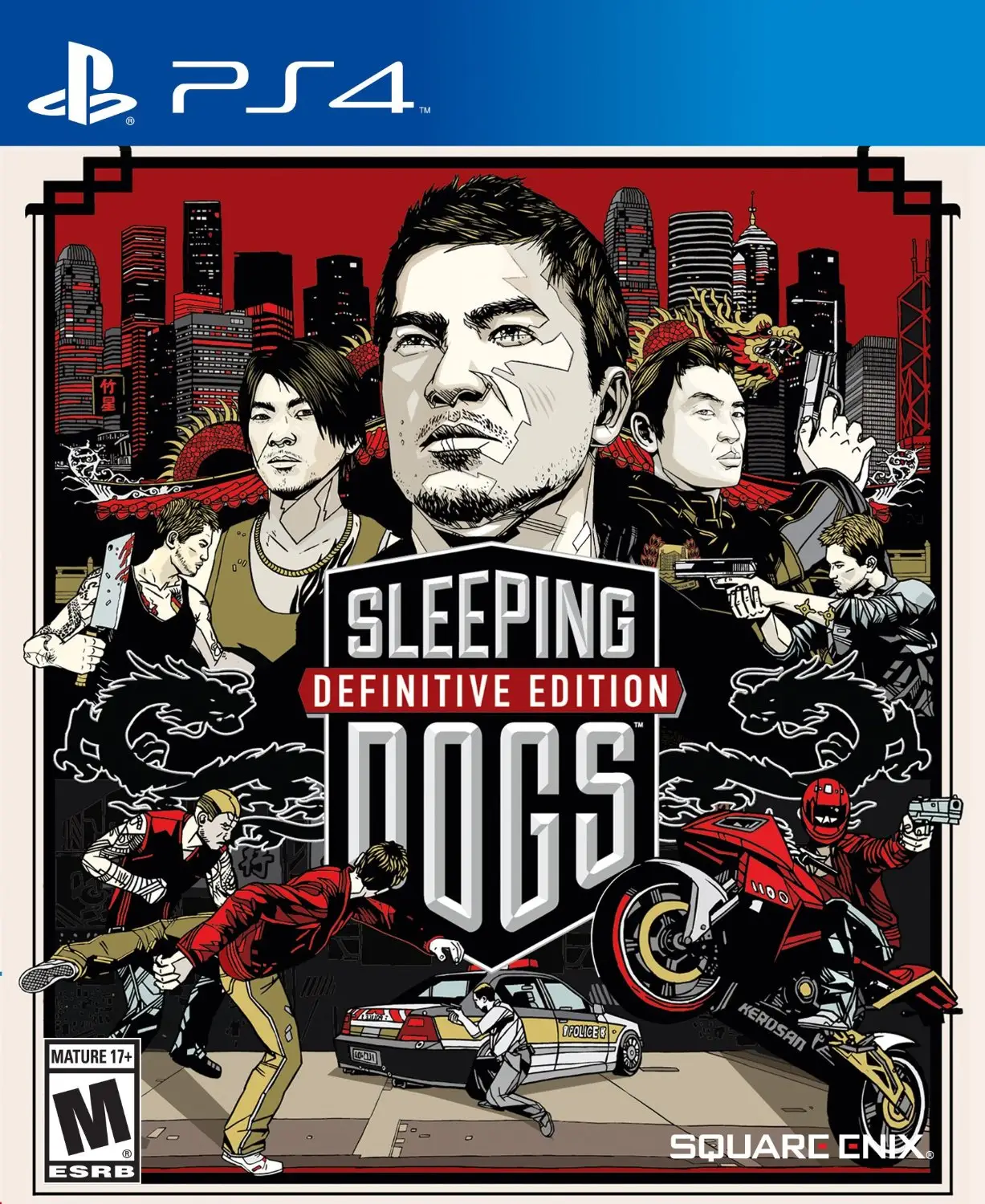
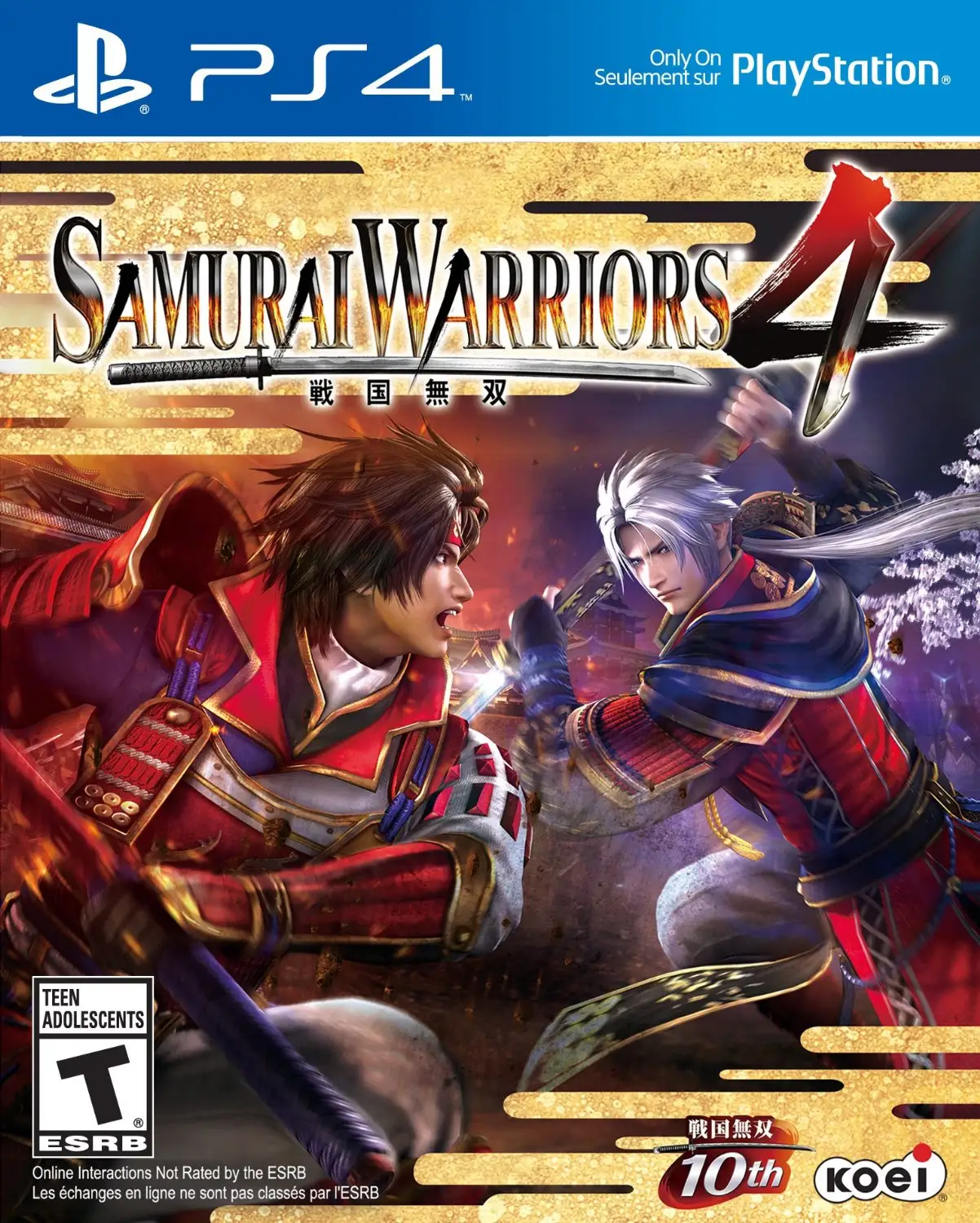
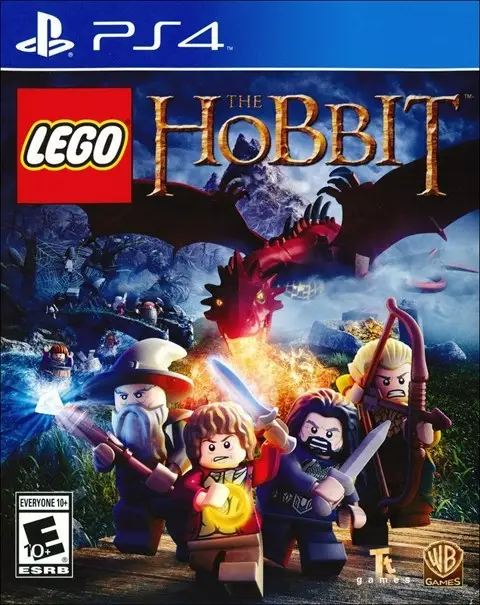
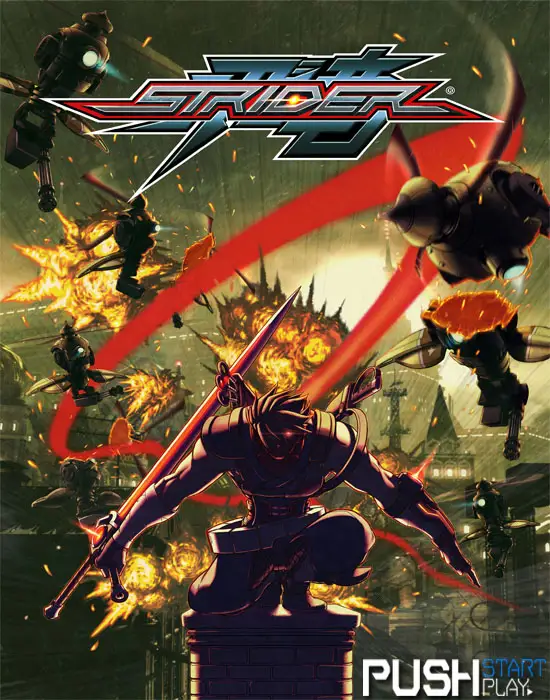
There are no reviews yet.